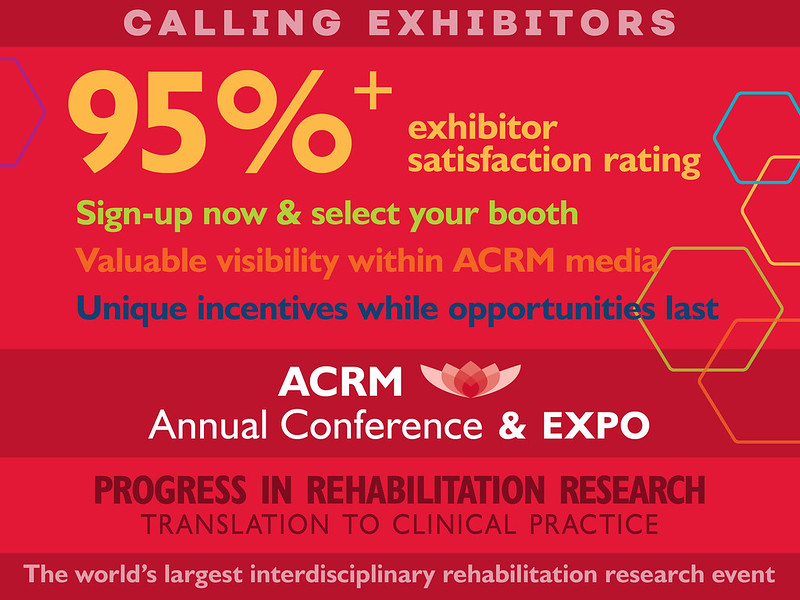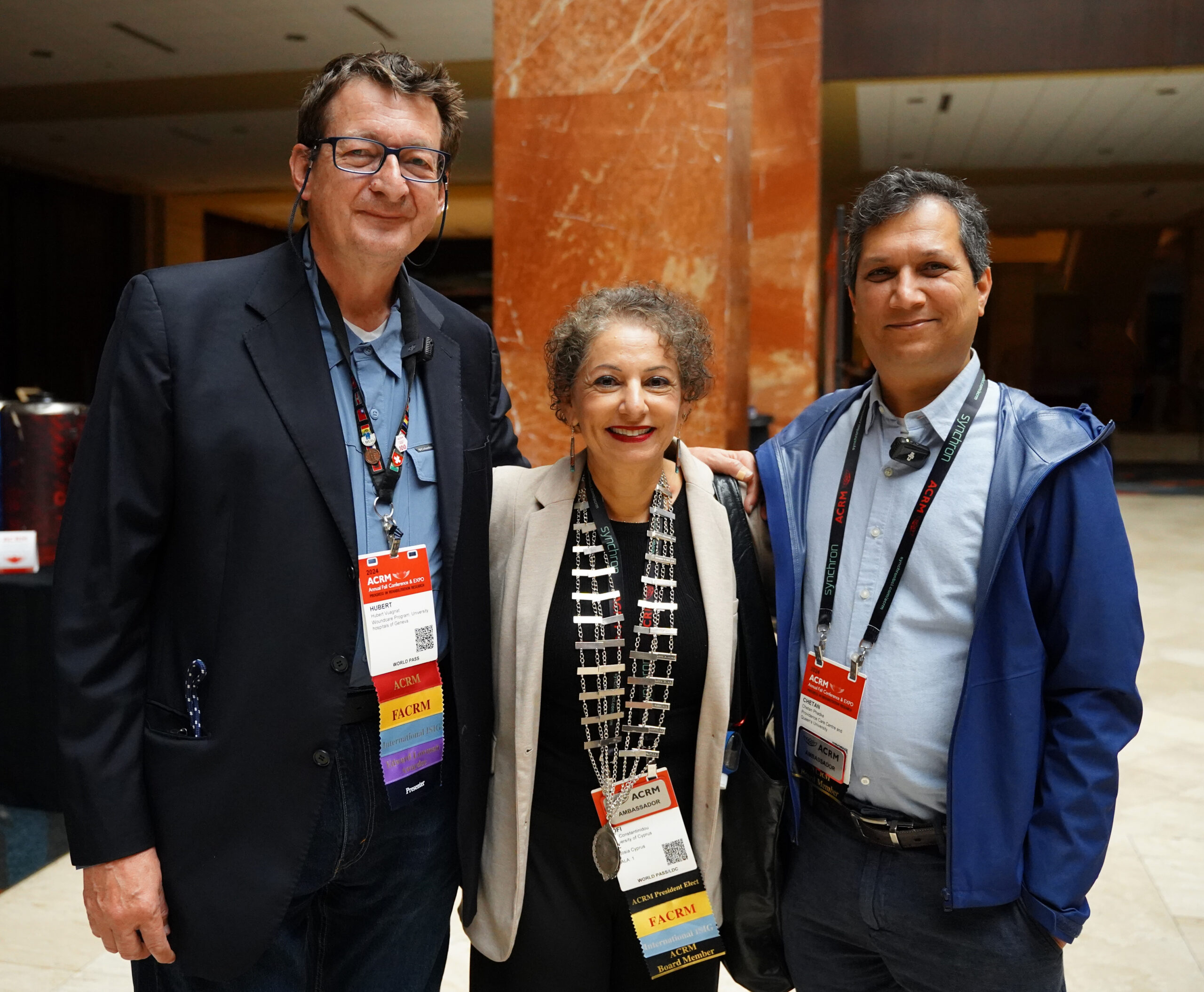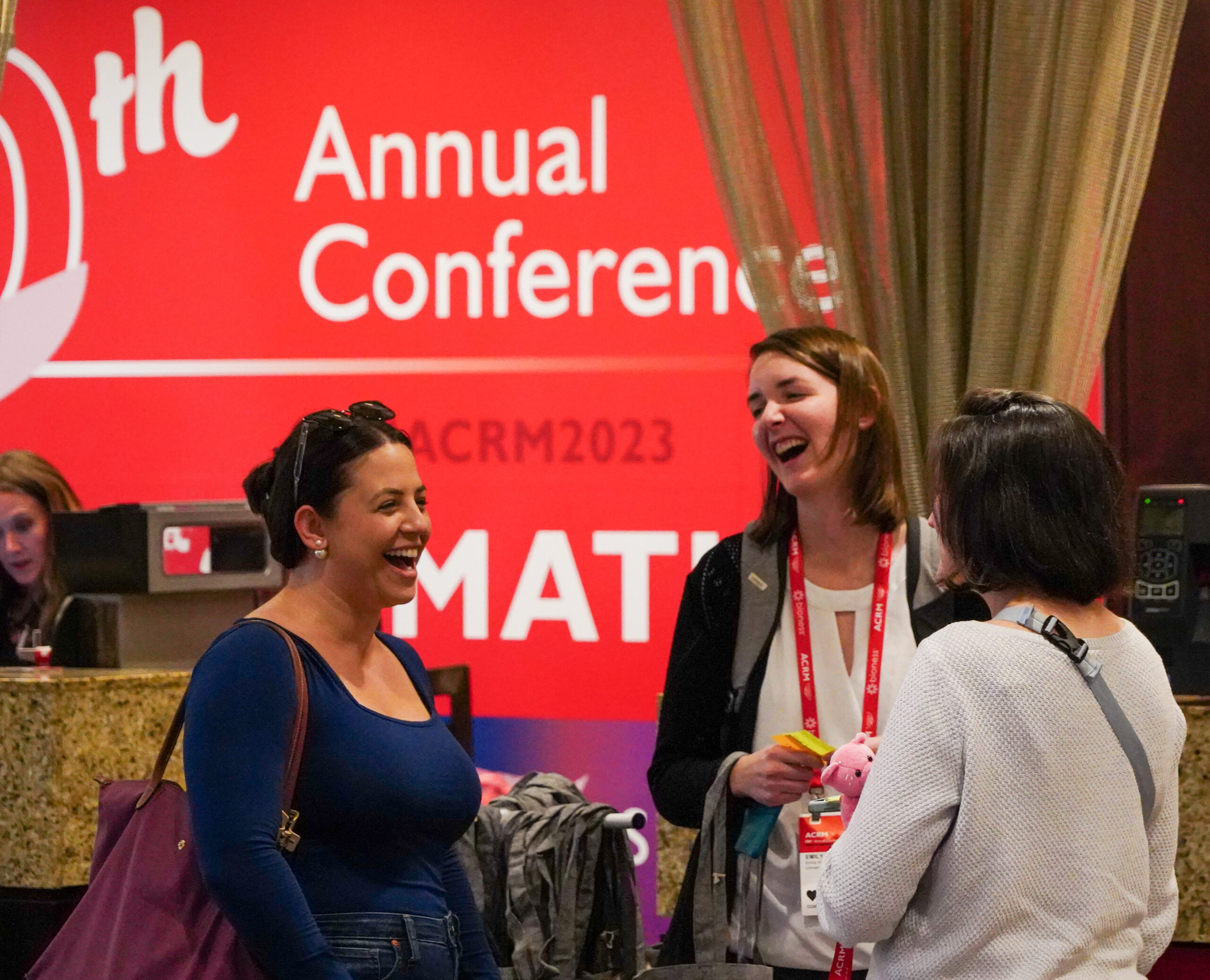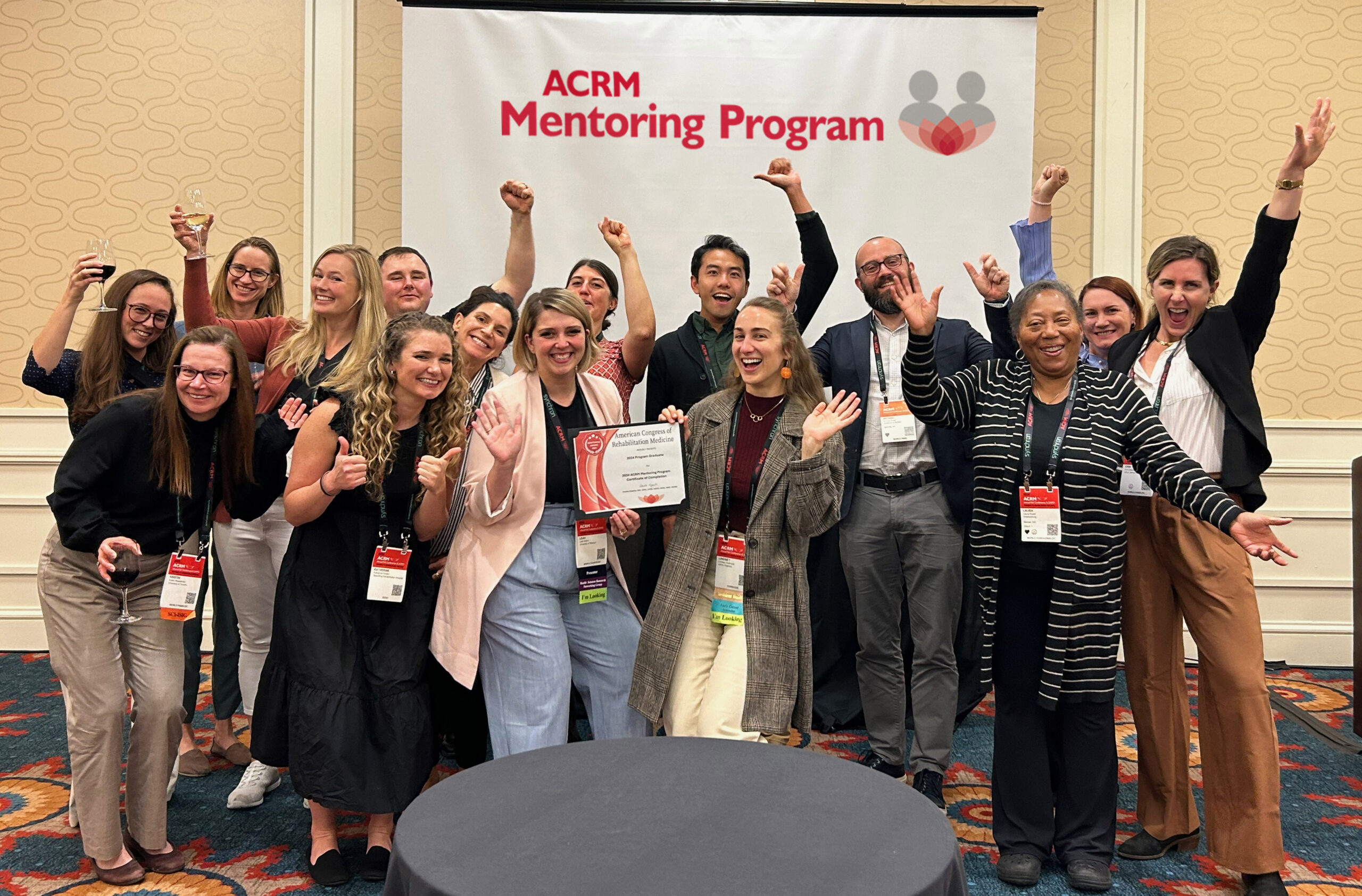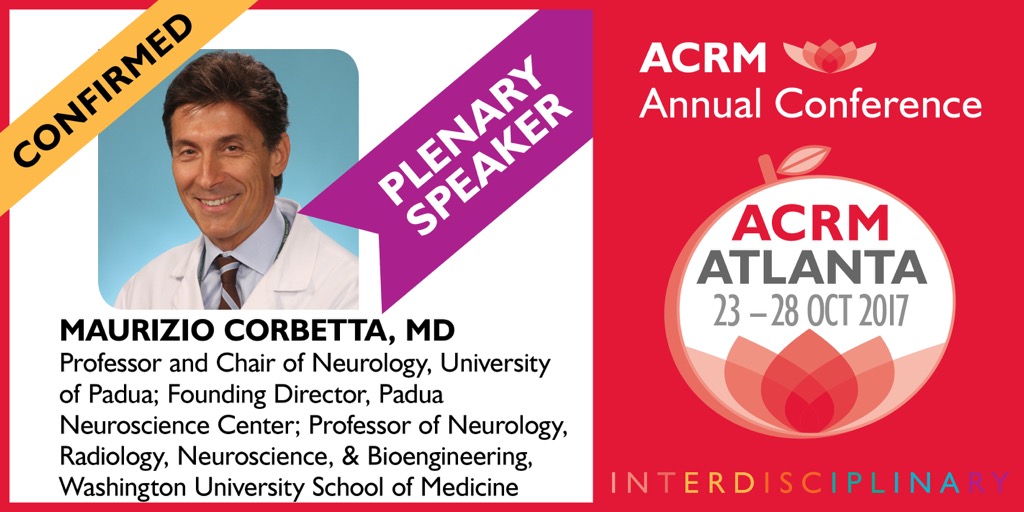
Plenary III
“Behavioral Clusters and Brain Network Mechanisms of Impairment and Recovery”
FRI 27 OCT // 8:15 AM – 9:30 AM
See this session in the Online Program here >>
PRESENTER
Maurizio Corbetta, MD
Professor and Chair of Neurology, University of Padua; Founding Director, Padua Neuroscience Center
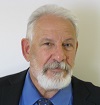
Keith D. Cicerone
“I am excited about Dr. Corbetta’s Plenary session. Dr. Corbetta’s cutting edge research is central to our understanding of the brain’s functional connectivity as a basis for neurologic recovery. His work provides new insights into brain-behavior relationships, and should inspire the development of novel, effective interventions for neurocognitive disorders after TBI and stroke.”
—Keith D. Cicerone, Ph.D., ABPP-Cn, Director of Neuropsychology; JFK Johnson Rehabilitation Institute
Cristina Sadowsky
“Maurizio’s work in brain connectivity and mechanism of neural recovery in stroke is inspired and visionary, steadily advancing the field of neuro-recovery and restoration; the Italian accented delivery of information makes if incredibly easy to digest!”
—Cristina Sadowsky, MD, Kennedy Krieger Institute and Johns Hopkins School of Medicine, Baltimore MD
DESCRIPTION
Focus Area: Stroke
A long-held view is that stroke causes many distinct neurological syndromes due to damage of specialized cortical and subcortical centers. However, in recent studies on a large cohort of first time stroke subjects studied longitudinally at 2 weeks, 3 and 12 months, we showed that a few clusters of behavioral deficits spanning multiple functions explained neurological impairment.
These clusters are stable across recovery indicating that they represent a stable solution to describe impairment. It has been also proposed that focal lesions cause remote physiological abnormalities, but the behavioral relevance of these changes vis-a-vis structural damage is unknown.
In separate studies we measured resting functional connectivity fMRI (FC), lesion topography, and behavior in multiple domains (attention, visual memory, verbal memory, language, motor, and visual), and used machine-learning models to predict neurological impairment in individual subjects. We found that visual memory and verbal memory were better predicted by FC, whereas visual and motor impairments were better predicted by lesion topography. Attention and language deficits were well predicted by both. These results link key organizational features of brain networks to brain-behavior relationships in stroke.
ABOUT DR CORBETTA
Dr. Maurizio Corbetta is Professor and Chair of Neurology at the University of Padua; Founding Director of the Padua Neuroscience Center; Professor of Neurology, Radiology, Neuroscience, and Bioengineering at Washington University School of Medicine. Dr. Corbetta has pioneered experiments on the neural mechanisms of human attention with Positron Emission Tomography (PET). He has discovered two brain networks dedicated to attention control, the dorsal and ventral attention networks, and developed, in collaboration with Dr. Gordon Shulman, a brain model of attention that has been cited in the literature more than 5,000 times. His clinical work has focused on the physiological correlates of focal injury. He has developed a pathogenetic model of the syndrome of hemispatial neglect. He is currently developing novel methods for studying the functional organization of the brain using functional connectivity MRI, magneto-encephalography (MEG), and electro-corticography (EcoG). He is working on the effects of focal injuries on the network organization of brain systems with an eye to neuromodulation.
REGISTER ONLINE HERE or Register by Phone: +1.703.435.5335
 |
 |
 |
 |










